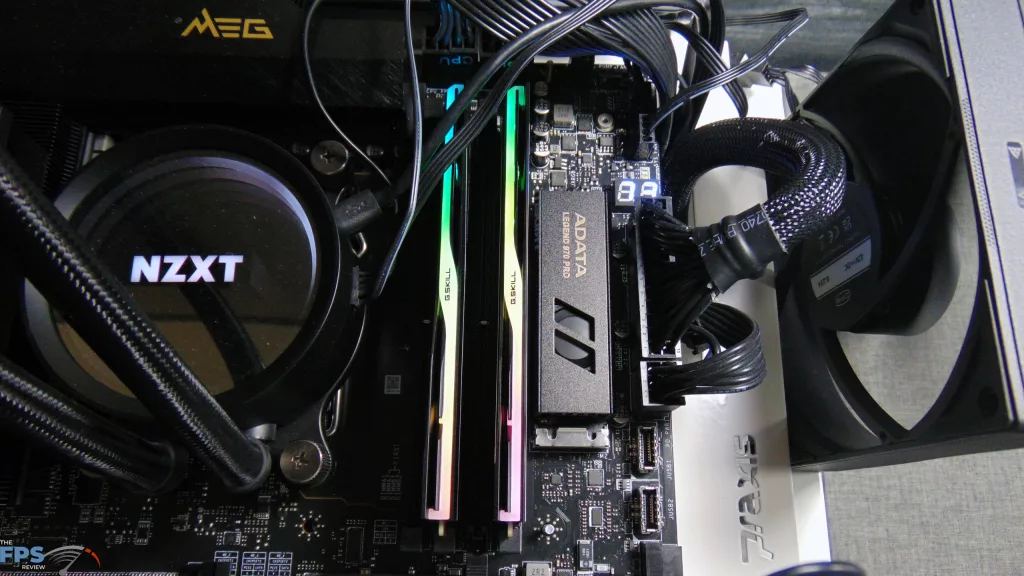
Introduction
The ADATA LEGEND 970 PRO 2TB PCIe 5.0 x4 NVMe M.2 SSD is the latest LEGEND 970 series model from ADATA, released in the latter half of 2024 in its PCIe Gen5 x4 NVMe SSD lineup. But wait, you say, haven’t we reviewed the ADATA LEGEND 970 before? We reviewed the ADATA LEGEND 970 2TB PCIe Gen5 NVMe SSD back when it launched in 2023. However, this is a newer model, the LEGEND 970 PRO. Note the “PRO” at the end, denoting a new, *faster* version of the LEGEND 970 series that has been a year after that first generation of PCIe Gen5 SSD from ADATA.
The ADATA LEGEND 970 PRO features a top sequential read/write performance speed of 14GB/s read and 11GB/s write! That’s an increase over the ADATA LEGEND 970, which had a read/write performance rating of sequential 10GB/s. The ADATA LEGEND 970 PRO is a newer generation of PCIe Gen5 SSD from ADATA and replaces the LEGEND 970 in the stack. The LEGEND 970 PRO accomplishes this performance upgrade by way of a completely different controller this time, using an InnoGrit IG5666 controller instead of a Phison controller, which the LEGEND 970 utilized, and also using 232-Layer Micron TLC 3D NAND Flash and a DRAM cache buffer with SLC caching.
ADATA is a well-known manufacturer of memory, storage, and computer cases since 2001. Under its Consumer Products SSD menu, you will find the LEGEND series of SSDs. The LEGEND series is ADATA’s most up-to-date SSDs, and carry the most robust specifications and features out of the lineup. The ADATA LEGEND 970 PRO is a direct generational upgrade over the previous ADATA LEGEND 970.
In our review today, we will take the ADATA LEGEND 970 PRO for a test drive in our suite of benchmarks and compare it directly against the ADATA LEGEND 970, as well as other PCIe Gen5 competing SSDs, to see where it truly lands in the grand scheme of things.




ADATA LEGEND 970 PRO
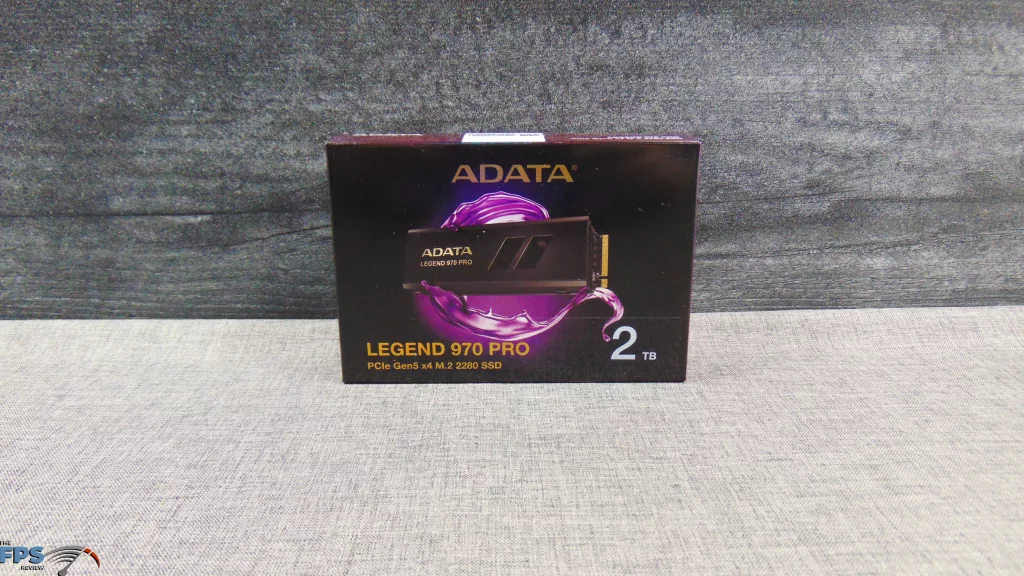
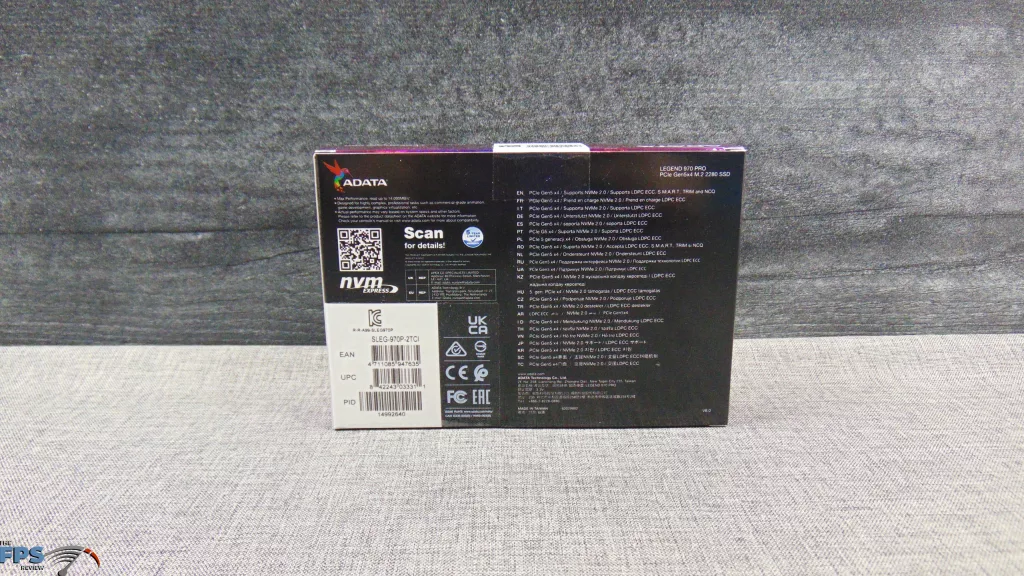
The ADATA LEGEND 970 is a PCI-Express 5.0 (PCIe Gen5 x4) M.2 2280 NVMe SSD based on the InnoGrit IG5666 controller and 232-Layer Micron TLC 3D NAND Flash and features a physical DRAM cache buffer. The model that we are reviewing is the 2TB model number SLEG-970P-2TCI.
ADATA offers three different capacities: 1TB, 2TB, and a 4TB capacity drive. Note that the 2TB and 4TB capacity drives are the fastest models, with a 14,000MB/s sequential read speed, but the sequential write performance is slightly different between even those models. The 4TB model has a sequential write performance of 11,000MB/s, and the 2TB model has a sequential write performance of 10,000MB/s. The 1TB capacity model has the slowest performance with a 13,000MB/s sequential read speed and 9,500MB/s sequential write speed.
In terms of IOPS, it comes out as such: 4TB model and 2TB model have 1,800K Read IOPS and 1,300K Write IOPS. The 1TB model has 1,700K Read IOPS and 1,250K Write IOPS. For endurance, the 4TB model has the highest endurance rating at 2,960TBW, while the 2TB model has 1,480TBW, and the 1TB model has 740TBW. All drives have an MTBF of 1.6 million hours and a 5-year limited warranty.
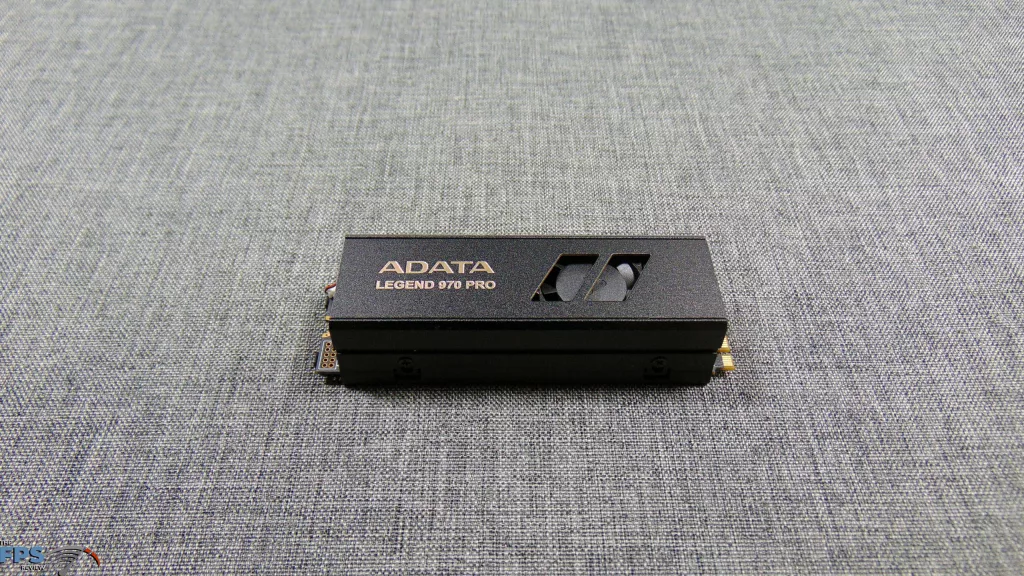

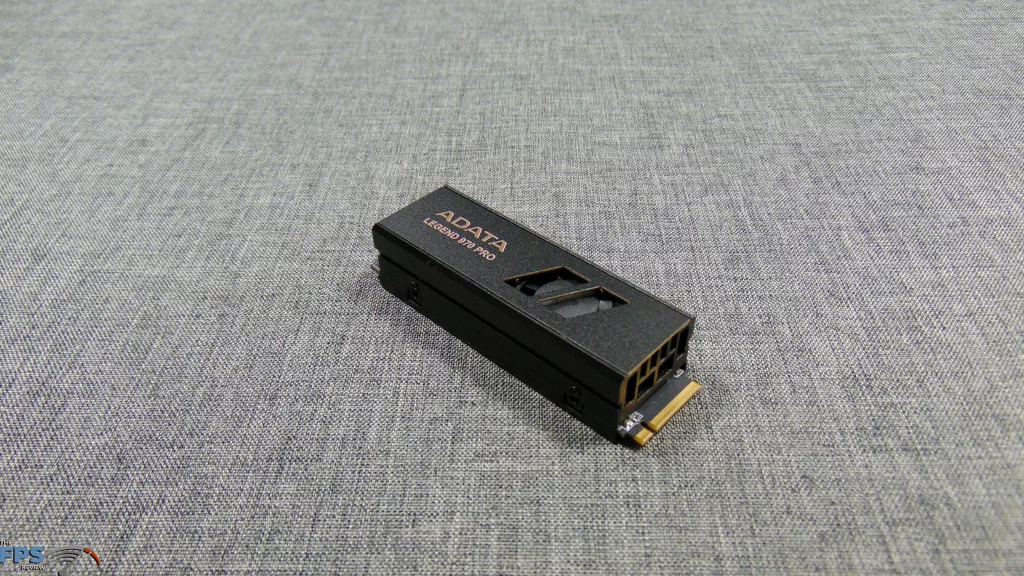
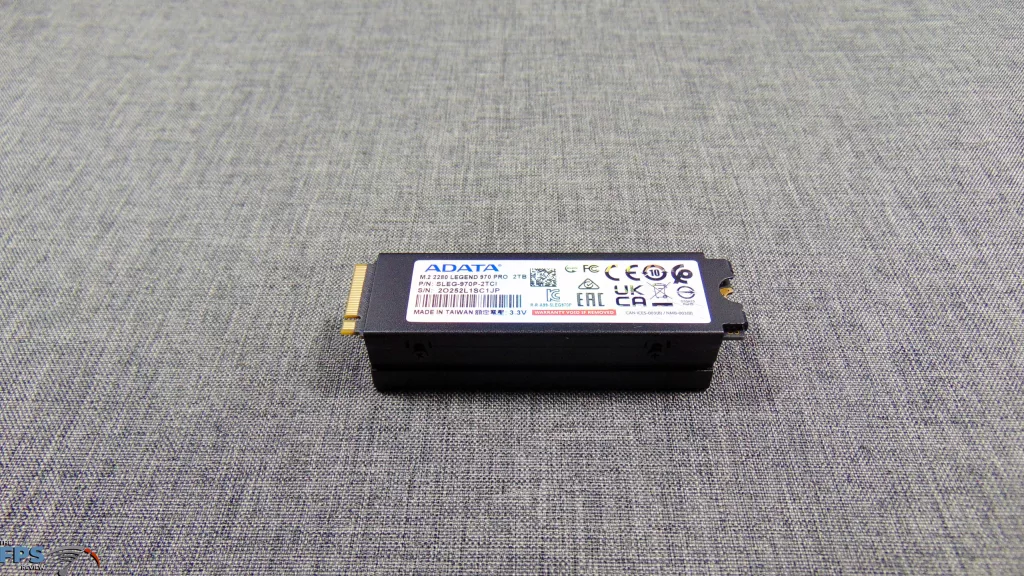
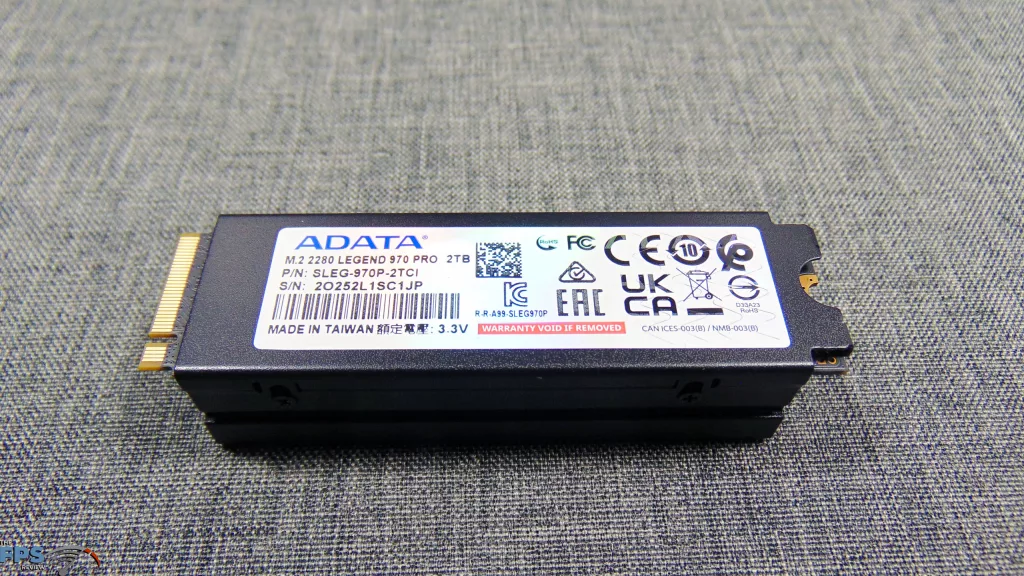
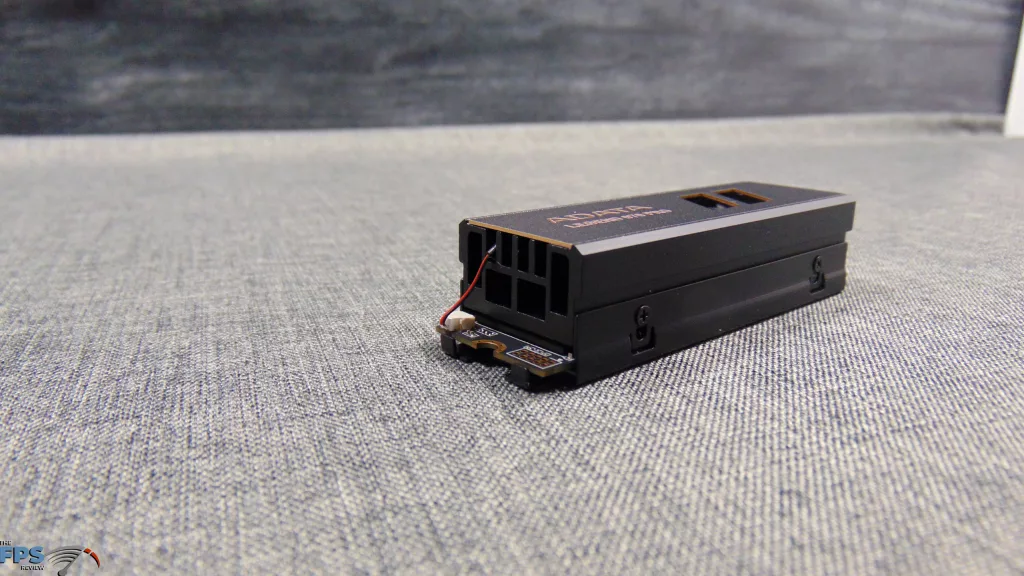
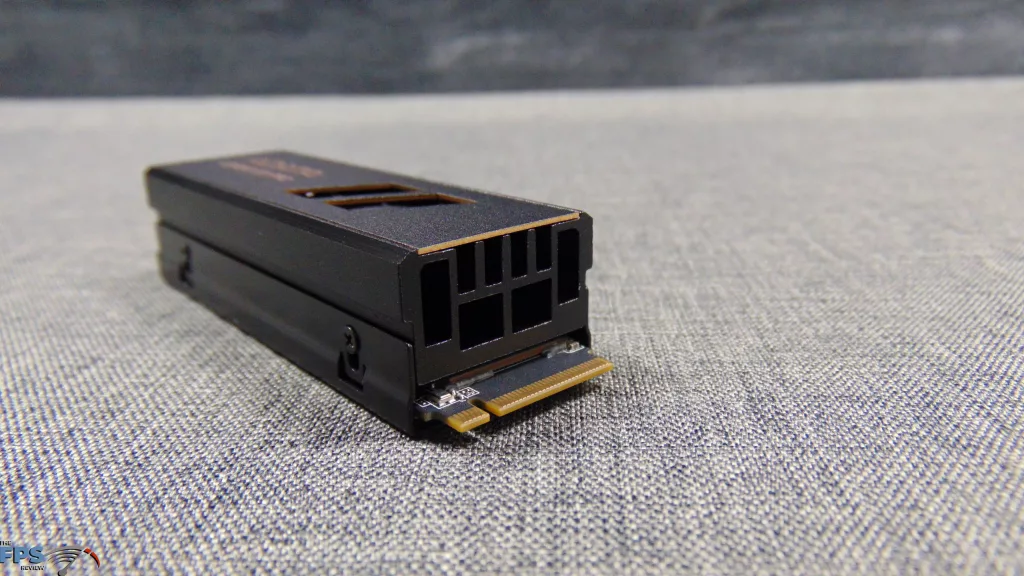
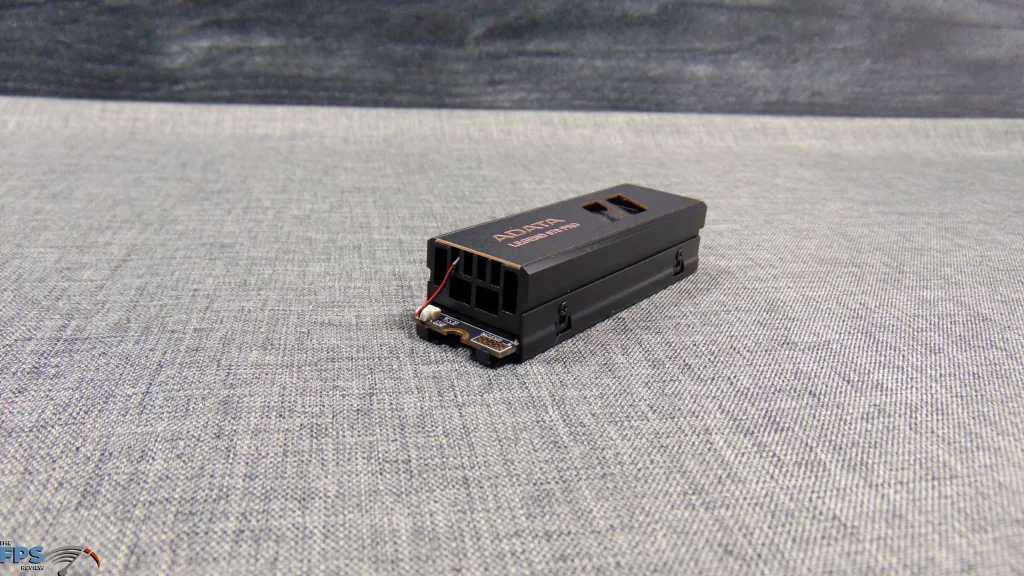
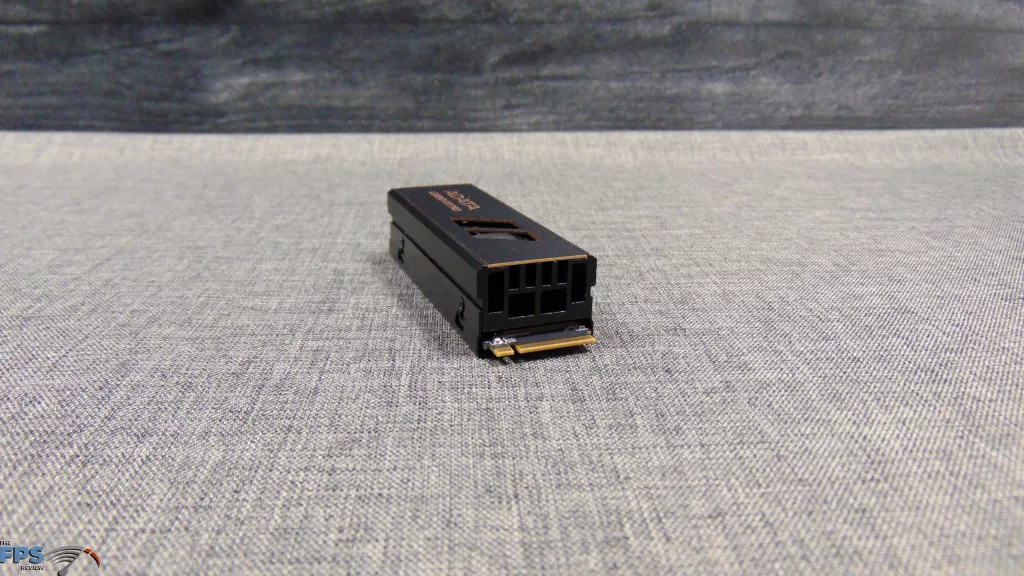
One of the unique features of the original ADATA LEGEND 970 was the use of an integrated active heatsink and fan cooling configuration. The ADATA LEGEND 970 PRO continues on this path of an integrated active heatsink and fan but improves upon the previous generation design. In the original LEGEND 970, the fan required external power, with an external SATA power cable being necessary to power the fan. This left the SSD with a long and thin wire coming out, which did seem fragile to us when we reviewed it.
The ADATA LEGEND 970 improves upon the cooling by integrating the power for the fan onto the SSD PCB itself, and it does not require the user to plug in external power now. This is a huge improvement, and this is absolutely what ADATA needed to do with this active cooling solution, and we are happy to see it; this was the right move. With the fan’s power plugged into the PCB of the SSD itself, you don’t have to fiddle with it at all or even think about it. The SSDs installation is as easy as plugging it into your M.2 slot, and it will automatically be actively cooled; it’s the easiest installation ever.
The heatsink itself is in the shape of a double-layer extruded aluminum fin stack, and with the fan allows air to pass through the fin stack. The active heatsink and fan also has the advantage of being slim for cooling on a PCIe Gen5 SSD; it isn’t a large heatsink and doesn’t take up a lot of vertical space. This will help it be more compatible in small builds as well as small form factor, and at the same time provide plenty of cooling for the SSD.
A little bit about the InnoGrit IG5666 controller: this is an 8 NAND channel controller made on the 12nm process technology with multiple cores. It supports LDPC ECC and is geared for lower consumption, DRAM cache, and the PCIe 5.0 x4 interface and can access NAND flash at up to 2400MT/s. This would be comparable to, or competing with, the popular Phison E26 controller. In terms of sequential read performance, the InnoGrit controller is actually faster, but on write performance, it’s similar and has access to the same NAND flash speeds. The Phison E26 controller (which the LEGEND 970 uses) is a very fast controller in terms of latency, so it will be interesting to see how the InnoGrit IG5666 does today in our tests.
